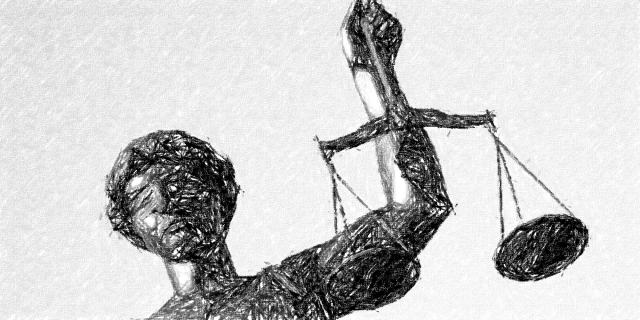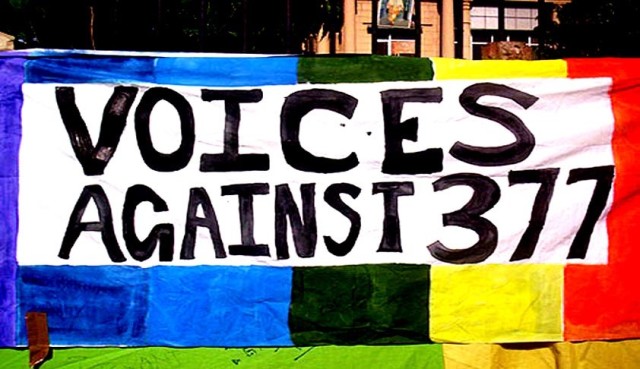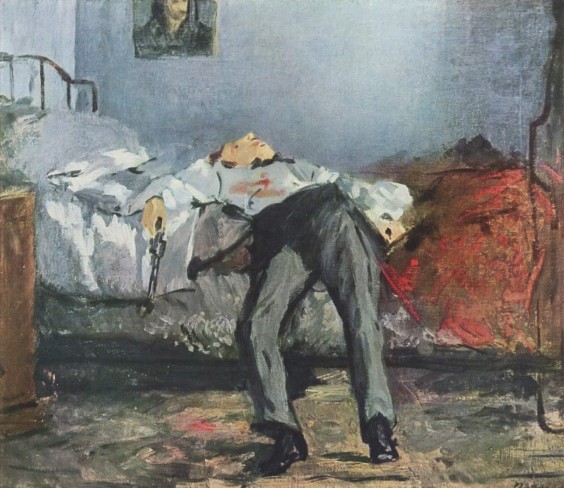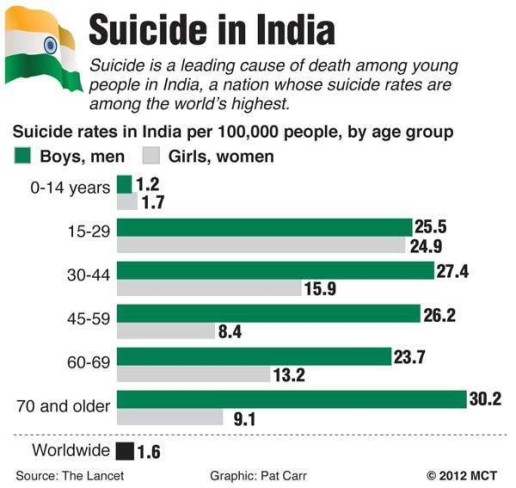Right and wrong, contrary to popular belief is not simply black or white. It is quite possible that there exist 7 billion sets of rights and wrongs. Governments, ever since their establishment, determine and furnish a set of right or wrongs, which are or become black and white. These rights and wrongs are on paper, they’re technically what ‘govern’ us and while we’re at it we call it Law.
Since these laws have been established under a democratic framework, we technically cannot call them the imposition of a belief of a select group of people. Nonetheless, the moment the bill is passed, we have our black and white.
Laws are just, laws are absolute and fortunately for us, they’re not final.
THE STATISTICS OF CHANGE:
In 2014 alone, the Indian government moved to repeal 36 obsolete laws which lost their utility in the modern context. Between 1950 and 2001 over a hundred Acts have been repealed and once hundred such acts were repealed in one go.
The capacity to accommodate change is a sign of forward thinking, an indispensable necessity. Especially when it comes to decisions which affect not an individual, but the society as a whole.
We have had our fair share of debates about and protests against certain acts, the most recent example being, that of section 377 of the Indian Penal code, which criminalized criminalizes, homosexual relations.
AMENDING THE RIGHT TO DEATH:
However the most recent example of progressive change in our judicial system is the move to de-criminalize suicide.
Revoking attempted suicide from ‘criminal offense’ status, India joins the league of countries like Europe and North America.
Delhi High court in a landmark judgment of 1985 had commented that “the continuance of Section 309 I.P.C. (criminalizing suicide) is an anachronism unworthy of a human society like ours.”
Better late than never, we live to see the right to death become a reality.
“They tell us that suicide is the greatest piece of cowardice… that suicide is wrong; when it is quite obvious that there is nothing in the world to which every man has a more unassailable title than to his own life and person” – Arthur Schopenhauer, German Philosopher
Previously, section 309 in the Indian Penal Code stated:“Whoever attempts to commit suicide and does any act towards the commission of such offence, shall be punished with simple imprisonment for a term which may extend to one year or with fine or both.
And though this may come as a shock to some, people haven’t gone off to end their lives in the light of this change.
Arguments for criminalization state that the law acts as a deterrent against other cases, however consider this – In 1992, Lester compared suicide rates in Canada in the 10-year periods before and after decriminalization of suicide, and found no increase in the rate of suicide following decriminalization. Similarly, no change was observed in the New Zealand during the decade before or after decriminalization [Lester (1993)].
(Source: Industrial Psychiatry Journal)
Logic states that law deters crime, however an act like this which deals so closely with human liberty and choice can in no way ensure deterrence or reduction in attempted suicide.
Especially considering that general awareness about section 309 could not be deemed as very high.
THE NEED FOR CHANGE:
Suicide is a term we can throw around without truly understanding the gravity of it. That it is highly subjective, a culmination of myriad psychological or socio-economic factors that drive an individual to end their own life. Knowing this, we subjected them to increased anxiety and depression through the threat of penal sanctions.
The trauma of an individual faced with legal action after attempted suicide is hard to imagine.
Fortunately, the Indian people will no longer be facing such situations.
THE ROAD AHEAD:
Individuals who attempt suicide need treatment not punishment, and simply decriminalizing suicide does not ensure that as a state, the issue has been addressed.
According to a 2012 WHO report, India’s suicide rate stands at 21.1 per 1,00,000 people, highest in the world.
A good example of the government’s responsiveness to the issue is the setting up of suicide prevention hotlines. The hotlines are functional in states like Delhi, Gujarat and Mumbai, however there is yet to be a country wide implementation.
There is a need to increase emphasis on the public health approach towards suicide prevention about creating awareness and establishing frameworks which address mental health issues. Even if it starts at the smallest level, even if it starts with manning one telephone and counselling a person in need.
The government’s move to decriminalize suicide was long overdue and well awaited, hopefully making this the first step towards tackling this concern in a meaningful way.
By Manvika Athwani








































